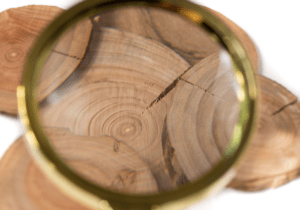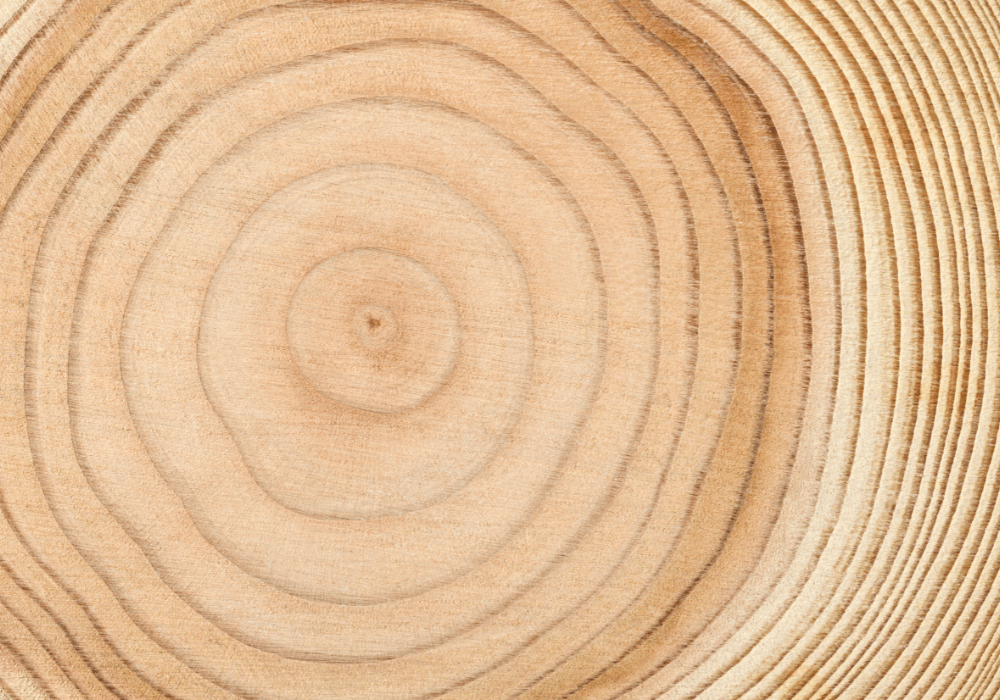Tree rings, also known as growth rings, are concentric circles found in the cross-sections of tree trunks. Each ring typically represents one year of growth, making them natural archives of a tree’s lifespan. Understanding the formation and characteristics of these rings can reveal invaluable information about tree health, environmental conditions, and historical events. This blog post aims to uncover the mysteries of tree rings and explore their significance in various scientific and practical applications.
 The Science Behind Tree Ring Analysis: How It Works
The Science Behind Tree Ring Analysis: How It Works
The study of tree rings, known as dendrochronology, involves analyzing the patterns and widths of growth rings to gather data about a tree’s age and the environmental conditions during its lifetime. Tree rings form due to the variation in growth speed between different seasons:
- Earlywood: Formed at the start of the growing season, typically characterized by larger, lighter cells due to rapid growth.
- Latewood: Formed later in the season and consists of smaller, darker cells as growth slows down.
By examining these rings, scientists can deduce a wealth of information, such as periods of drought, pest infestations, and the overall health of the tree. For those who want to explore such natural phenomena in greater depth — or need help presenting them properly in an academic format — a professional ghostwriter hausarbeit can be a reliable partner in delivering well-researched and structured content.
Tree Rings as Environmental Indicators: Insights into Climate Change and Pollution
Tree rings serve as valuable environmental indicators, offering insights into past climate conditions and environmental changes:
- Climate Change: By analyzing tree rings from different periods, scientists can reconstruct past climate conditions, helping us understand long-term climate patterns and their impact on the environment. Narrow rings may indicate years of drought, while wider rings could signify periods of abundant rainfall.
- Pollution: Tree rings can also reveal the presence of pollutants in the environment. For instance, a sudden change in ring width or the presence of specific chemical elements within the rings can indicate exposure to pollutants such as heavy metals.
Using tree rings as environmental indicators helps researchers track climate change and pollution over centuries, providing a clearer picture of their long-term effects.
Tree Rings and Human History: Utilization in Archaeological and Historical Studies
Tree rings have proven to be invaluable in archaeological and historical research. By dating wood samples from ancient structures, artifacts, and even natural events, dendrochronologists can provide accurate timelines and reconstruct historical events:
- Archaeological Dating: Tree rings can help date wooden artifacts, buildings, and other structures, offering precise timelines for archaeological sites. This method has been crucial in piecing together the chronology of ancient civilizations.
- Historical Events: Tree rings can also reflect significant historical events, such as volcanic eruptions, fires, and tsunamis. By studying the related ring patterns, researchers can correlate these events with historical records, enriching our understanding of the past.
Modern Applications: Managing Forests and Monitoring Tree Health
In modern times, the analysis of tree rings has numerous applications in managing forests and monitoring tree health:
- Forestry Management: Understanding growth patterns helps forestry managers make informed decisions about sustainable harvesting, reforestation, and conservation practices. By analyzing tree rings, managers can assess the impact of environmental conditions on forest growth and develop strategies to maintain healthy, productive forests.
- Monitoring Tree Health: Tree rings can indicate the presence of diseases, pests, and environmental stressors, allowing for early detection and intervention. This proactive approach is essential for maintaining the health and longevity of trees, especially in urban environments where trees face additional stress.
 Future Prospects: Advancements in Tree Ring Research
Future Prospects: Advancements in Tree Ring Research
Advancements in technology and research methods are continually enhancing our understanding of tree rings and their applications:
- Remote Sensing: The use of remote sensing technologies, such as LiDAR and satellite imagery, allows for large-scale analysis of tree health and growth patterns without the need for physical sampling.
- Isotope Analysis: By analyzing stable isotopes within tree rings, researchers can gain deeper insights into past environmental conditions, such as temperature and precipitation patterns.
- Genomic Studies: Integrating genomic data with dendrochronology can provide a more comprehensive understanding of how genetic factors influence tree growth and response to environmental stressors.
These advancements hold the potential to revolutionize our approach to forestry management, climate research, and environmental conservation.
The Importance of Tree Rings in Understanding Our Environment
Tree rings are more than just natural records of a tree’s age; they are invaluable tools for understanding our environment, climate history, and the impact of human activity. By studying tree rings, scientists, environmentalists, and forestry professionals can gain critical insights into the health of our forests, the history of our climate, and the challenges we face in preserving our natural world.
Whether you’re a nature enthusiast, environmental scientist, or forestry student, the study of tree rings offers a fascinating glimpse into the intricate interplay between trees and their environment. Embrace this knowledge, and let it guide your efforts in preserving the natural world for future generations.
By delving into the mysteries of tree rings, we not only enhance our understanding of tree health but also contribute to a broader comprehension of our planet’s history and future.


